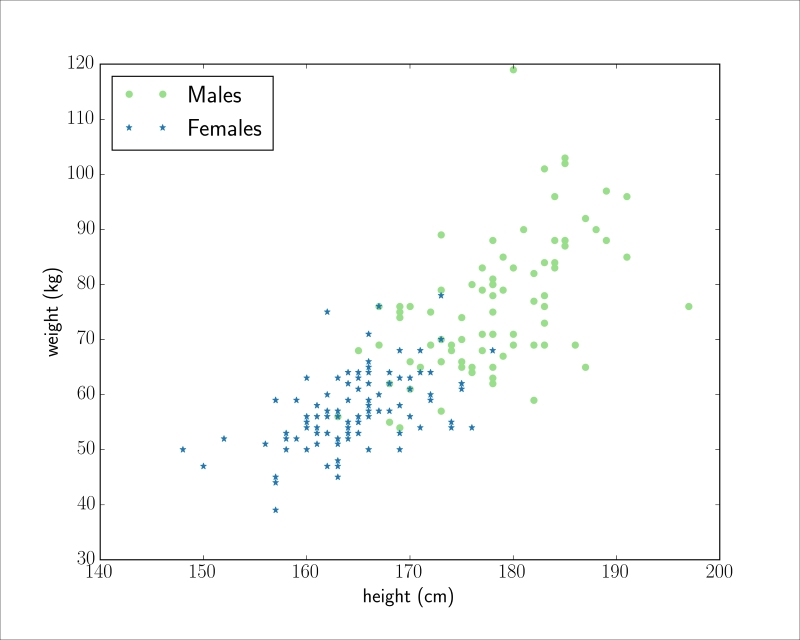Data science is, by and large, concerned with the manipulation of structured data. A large fraction of structured datasets can be viewed as tabular data: each row represents a particular instance, and columns represent different attributes of that instance. The ubiquity of tabular representations explains the success of spreadsheet programs like Microsoft Excel, or of tools like SQL databases.
To be useful to data scientists, a language must support the manipulation of columns or tables of data. Python does this through NumPy and pandas, for instance. Unfortunately, there is no single, coherent ecosystem for numerical computing in Scala that quite measures up to the SciPy ecosystem in Python.
In this chapter, we will introduce Breeze, a library for fast linear algebra and manipulation of data arrays as well as many other features necessary for scientific computing and data science.


